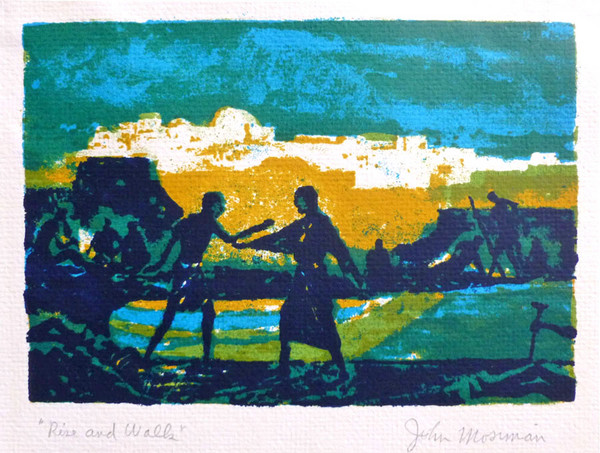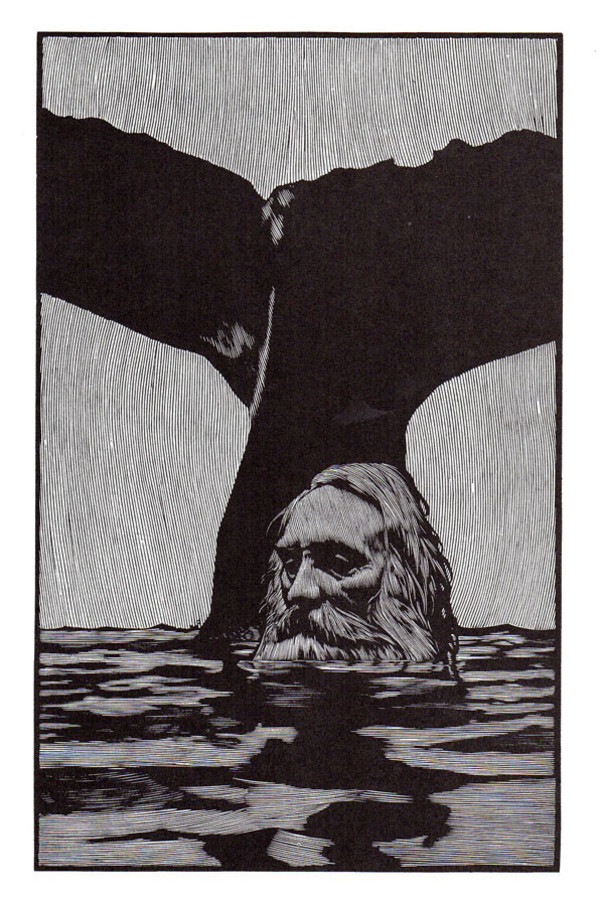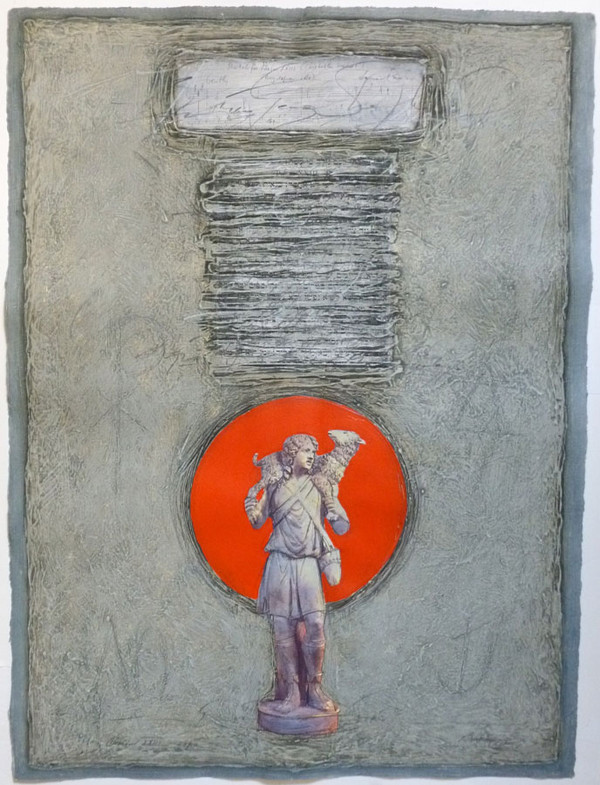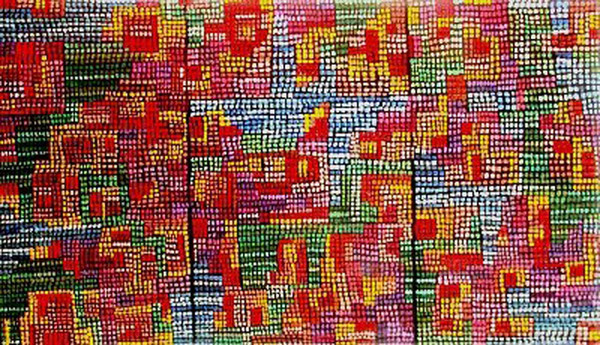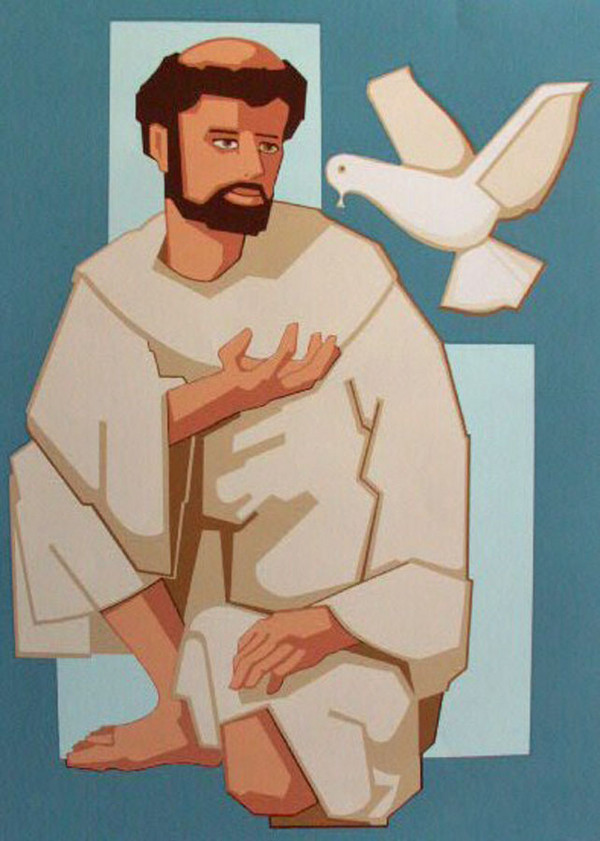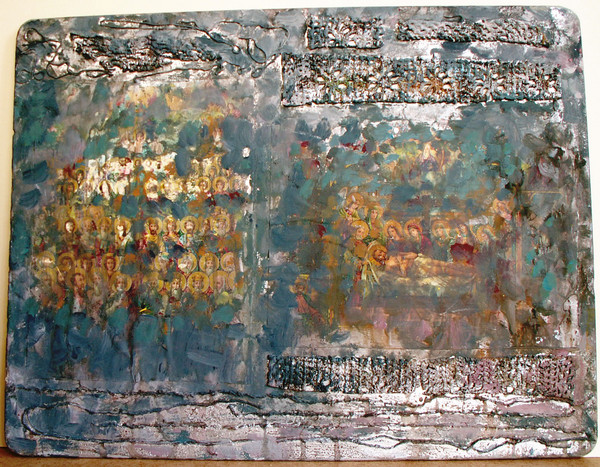The following is republished with permission from my column in Catechist Magazine. For subscription information, visit Catechist.com.
December 4, Second Sunday in Advent, Gospel Reading: Matthew 3:1-12
“You brood of vipers!” We always know it is the Second Sunday in Advent when John the Baptist bursts onto the scene. The colorful prophet who preceded Jesus preaches and shouts from the Judean desert, and his voice rings out just as loudly and clearly for us today.
The Gospels tell us that John viewed himself as a prophetic forerunner of the Messiah. In this Sunday’s reading, after his call for repentance and his warnings to the Pharisees and Sadducees, John speaks of Jesus, though not yet by name. He refers to “the one coming after me” and describes the imminent ministry of the Messiah with strong language. The Messiah will be “mighty” and will baptize “with the Holy Spirit and fire.”
John then describes the Messiah as a discerning judge who will separate the good from the bad: “His winnowing fan is in his hand. He will clear his threshing floor and gather his wheat into his barn, but the chaff he will burn with unquenchable fire.”
This agricultural image may be unfamiliar to modern readers. John is describing the winnowing or threshing process farmers utilized to separate husks from grains of wheat. They used winnowing fans (or forks) to toss the harvested grain into the air. The chaff (the unwanted husks) would separate from the grain and be lifted away by the breeze, while the heavier grain would settle back onto the ground. The farmer could then gather the grain and store it in his barn.
John uses this image to describe the judgment Jesus will ultimately bring. After using his winnowing fan, Jesus will “clear his threshing floor,” gathering the good grain into his barn and burning the unwanted chaff with “unquenchable fire.”
This depiction of Jesus as the one who separates good from bad, then gathers the good to himself and burns the bad, may not be our favorite image of Jesus from the Gospels. But it is one that John the Baptist and the evangelists after him wanted us to hear. We are not supposed to be afraid of Jesus or of future judgment, but we are supposed to be forewarned and aware: What we do and who we are matters to God. We cannot be with Jesus, in his warm barn full of good grain, unless we are ready.
Fortunately for us, the winnowing process has already begun. The words of Jesus and his forerunner John the Baptist have already begun threshing us, separating the worthless, husky part of us from the valuable, substantial grain.
ASK YOURSELF: How do I feel the winnowing fan of Jesus already at work in my life? Am I letting him separate the bad from the good in my heart?
ASK YOUR STUDENTS: Why do you think John the Baptist and Jesus used common images (such as the farming image John the Baptist uses in today’s reading) when they preached to the people?
PRAY: Lord Jesus, I know you will be my final judge. May you find me worthy to be gathered into your barn.
LIVE THE GOSPEL: Is there a bad habit you can “winnow” out of your life so you can be “less husk” and more “good grain”? Choose one bad habit to work on this week.


